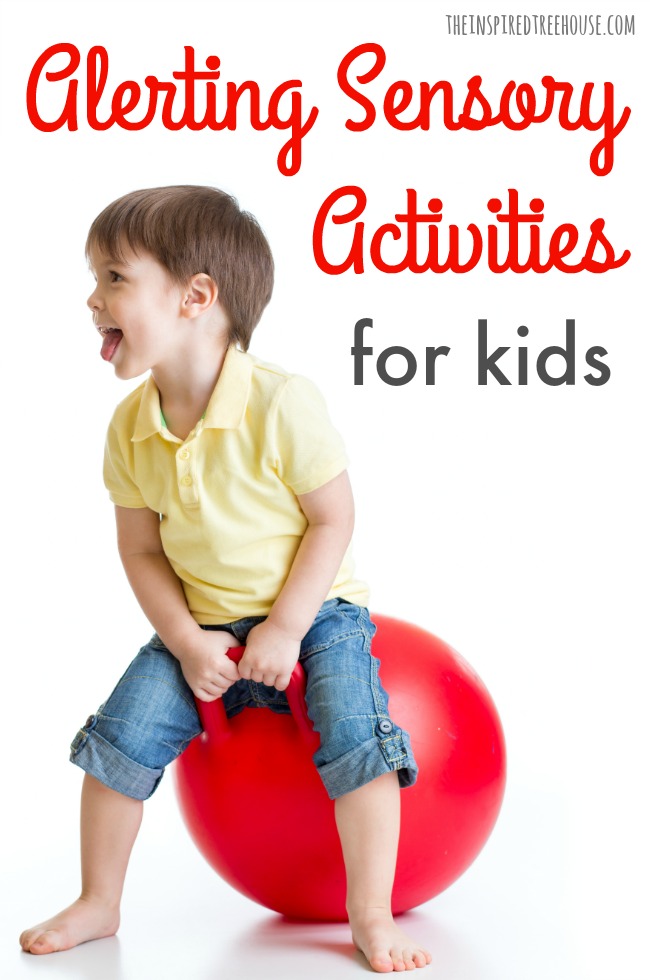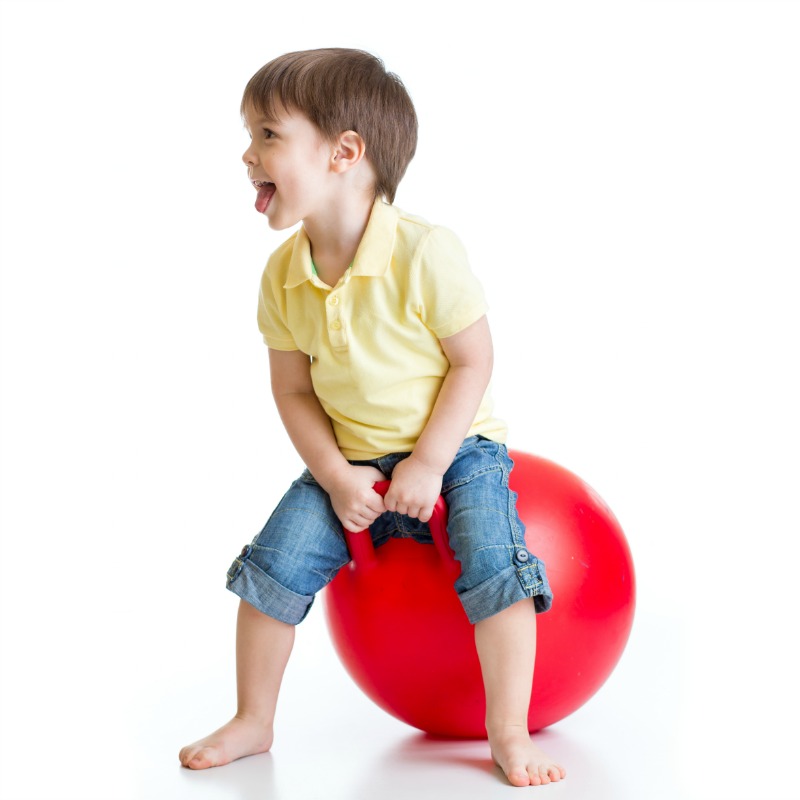These are some of our best ideas for providing alerting activities for kids!
*This post contains affiliate links. Read more.
In our school-based therapy practice, hardly a day goes by without at least one parent or teacher asking us about calming sensory techniques, calming breathing techniques, and calming movement activities for kids. We definitely know that there is a huge need for these strategies and ideas for many kids in school settings.
These ideas are perfect for kids who can’t sit still, kids who are fidgety, and kids who just can’t pay attention.
Even though there is a lot of buzz out there about all of these calming strategies and techniques, we think it’s important to also talk about the other side of the coin…
What about kids who have a hard time staying alert and engaged throughout the day? Kids who are almost always engaged in sedentary play? Kids who we really have to pull out all the stops to keep motivated and interested?
These kids need a completely different set of strategies to help them succeed in the classroom and beyond! Here are some of our best ideas for providing alerting sensory input for kids!
If you are ready to dive in and learn more about sensory processing for kids, we HIGHLY recommend the RISE With Sensory course from Your Kids Table. It’s a great way for parents, therapists, teachers, and others who work or live with kids who have sensory needs to learn more about how to support healthy sensory processing. The course is AOTA approved for .7 CEUs (7 hours). CLICK HERE to learn more!
Alerting Sensory Activities for Kids
Alerting Sensory Activities:Movement
When it comes to providing alerting sensory input through movement, focus on faster, less predictable movement activities rather than rhythmic, linear movement.
1 || Jumping
Try a trampoline, jumping in place, or jumping jacks.
2 || Bouncing
Try sitting on a therapy ball and bouncing while singing a song!=
3 || Dancing
4 || Freeze Dancing
5 || Stop/Go Games
Red light green light, or stop and go obstacle course
6 || Obstacle Course
Alerting Sensory Activities: Sound
Try louder, faster-paced auditory games and activities to increase alertness and engagement.
1 || Movement and dancing paired with fast-paced music
2 || Fast-paced listening/direction-following games
3 || Using your own body to make sound
Try snapping, stomping, clapping, or humming.
Alerting Sensory Activities: Tactile
1 || Try cooler temperatures
Open a window, use a fan, or turn up the AC.
2 || Light touch instead of deep pressure
3 || Vibration
Try vibrating stuffed animals and toys.
Alerting Sensory Activities: Oral Sensory/Olfactory
1 || Crunchy snacks
Try apples, carrots, or pretzels
2 || Oil diffuser
Use alerting scents like peppermint and lemon.
3 || Cold drink
Iced water or even iced seltzer water are good options.
4 || Cold snacks
Popsicles or smoothies!
4 || Explore new, unfamiliar smells
5 || Vibration
Try a battery powered toothbrush or vibrating toys on cheeks/lips.
6 || Mouth noises
Try buzzing like a bee, clicking tongue, humming, blowing raspberries
7 || Sour snacks
Some of our favorites are Warheads, sour gummy worms, orange wedges, or lemonade.
Alerting Sensory Activities; Vision
1 || Brighter lights
Instead of a dim workspace, try a well-lit area or a space near a window.
2 || Use bright or contrasting colors
Try a bright-colored mat on the table or worksheets on bright colored paper.
3 || Bold fonts on worksheets
4 || Flashlights
Have kids read independently using flashlights, or follow along with guided reading.
5 || Light-up toys
Increase engagement in play activities by using toys that light up.
Our Favorite Sensory Resources
Sensory Red Flags & When to Get Help
Calming Sensory Strategies for School
The Simplest Calming Sensory Trick
Making Sense of Sensory Processing: Helpful Tips & Tricks


Latest posts by Claire Heffron (see all)
- Pro Tips for Conquering Toddler Separation Anxiety - April 25, 2024
- Cute Zipper Bags for Therapists - April 18, 2024
- Fairy Tale Games and Toys - April 12, 2024

